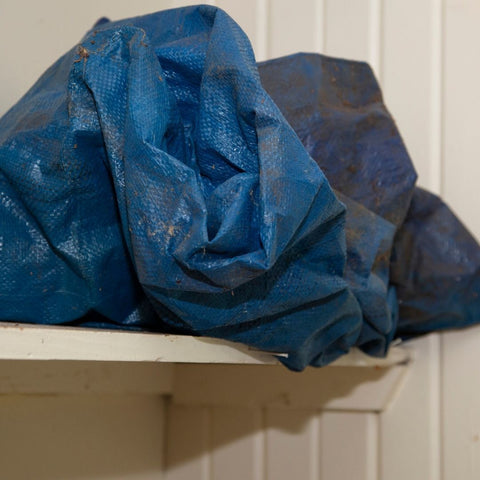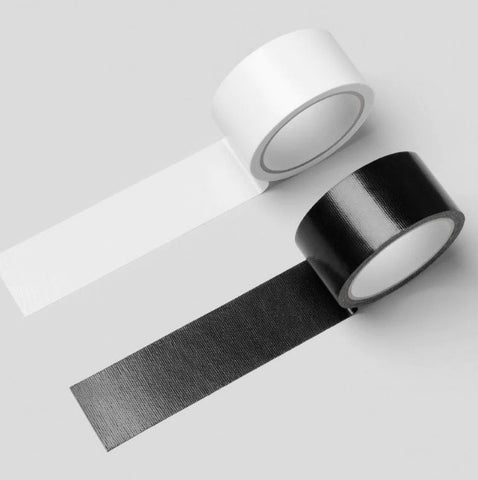Welcome to our comprehensive guide dedicated to the repair and care of your tarps! Tarps, those incredibly versatile and indispensable tools, serve a multitude of purposes. Ranging from shielding your possessions against the elements to crafting makeshift shelters, their utility knows no bounds. Nonetheless, much like any equipment, tarps are subject to wear and tear as time progresses. In this guide, we will lead you through the steps necessary to effectively mend and upkeep your tarps. Our aim is to ensure they retain their optimal condition, lasting for years to come.
Understanding Your Tarps
Before we embark on the journey of repairing and caring for your tarps, it's essential to grasp the array of tarp types available. From polyethylene, vinyl, to canvas, a diverse range of materials shapes the tarp landscape, each endowed with its distinct strengths and weaknesses.
Polyethylene tarps, characterized by their lightweight nature and waterproof properties, prove to be the perfect choice for shielding items outdoors.
Vinyl tarps stand as robust and adaptable protective coverings produced from heavy-duty PVC material. They showcase remarkable resistance against water, UV rays, and severe weather conditions, rendering them exceptionally suited for open-air utilization. These vinyl tarps boast of their tear resistance and ability to endure rough handling, thus making them appropriate for the concealment and safeguarding of machinery, automobiles, building supplies, and outdoor furnishings. Equipped with strengthened borders and grommets resistant to rust, these tarps provide dependable fastening points for convenient setup. Their top-notch craftsmanship guarantees enduring performance, establishing vinyl tarps as a dependable selection for a variety of industrial, commercial, and residential applications where durability and safeguarding take precedence.
On the contrary, canvas tarps take on a more robust demeanor, excelling in durability and providing superior breathability, rendering them an ideal option for extended periods of usage, particularly on items where moisture transmission is essential, like equipment covers.
Regular Inspection for Damage

The first step in maintaining your tarps is to perform regular inspections for any signs of damage. This involves carefully examining the entire tarp for rips, tears, holes, or weak spots. Sun exposure, wind, rain, and general wear and tear can weaken the fabric over time, so it's essential to catch any issues early on.
Repairing Small Tears and Holes
If you notice small tears or holes in your tarp, don't fret - these can be easily repaired with a few simple steps. Patch kits are widely available and provide an effective solution. Begin by cleaning the area around the tear, ensuring it's free from dirt and debris. Next, apply the patch over the damaged area, following the manufacturer's instructions. The adhesive on the patch will create a strong bond, reinforcing the tarp's integrity.
Reinforcing Weak Seams
Seams are often vulnerable areas that can start to fray or weaken over time. To reinforce weak seams, use a heavy-duty thread or tarp repair tape. Stitch along the seam or apply the tape to both sides, effectively doubling the strength of the seam. This extra reinforcement will significantly extend the life of your tarp.
Cleaning and Maintenance
Maintaining a regular cleaning routine is paramount to stave off the accumulation of dirt, mold, and mildew on your tarps. Keeping your tarps in pristine condition is a straightforward process: a gentle hosing down with water and a mild soap solution is all it takes. It's important to steer clear of abrasive chemicals that could potentially compromise the material's integrity. Once the cleaning process is complete, ensure the tarp is allowed ample time to thoroughly dry before you neatly fold and store it away.
Proper Storage
Proper storage can greatly prolong the lifespan of your tarps. When not in use, make sure to fold the tarp neatly to prevent creases and avoid stress on the fabric. Place the tarps in a cool, dry place away from direct sunlight. If possible, hang the tarp to prevent it from touching the ground and attracting moisture.
Addressing Larger Damage

In the unfortunate event of significant damage to your tarp, such as large tears or extensive wear, it might be more practical to consider professional repair services. Companies specializing in tarp repair can often salvage even severely damaged tarps, saving you the cost of a replacement.
Longevity Through Care
By following these simple yet effective steps, you can ensure that your tarps remain in optimal condition for a long time. Regular inspections, prompt repairs, and proper maintenance will go a long way in extending the life of your tarps, ultimately saving you money and ensuring they are ready for any task or project that you may have.






